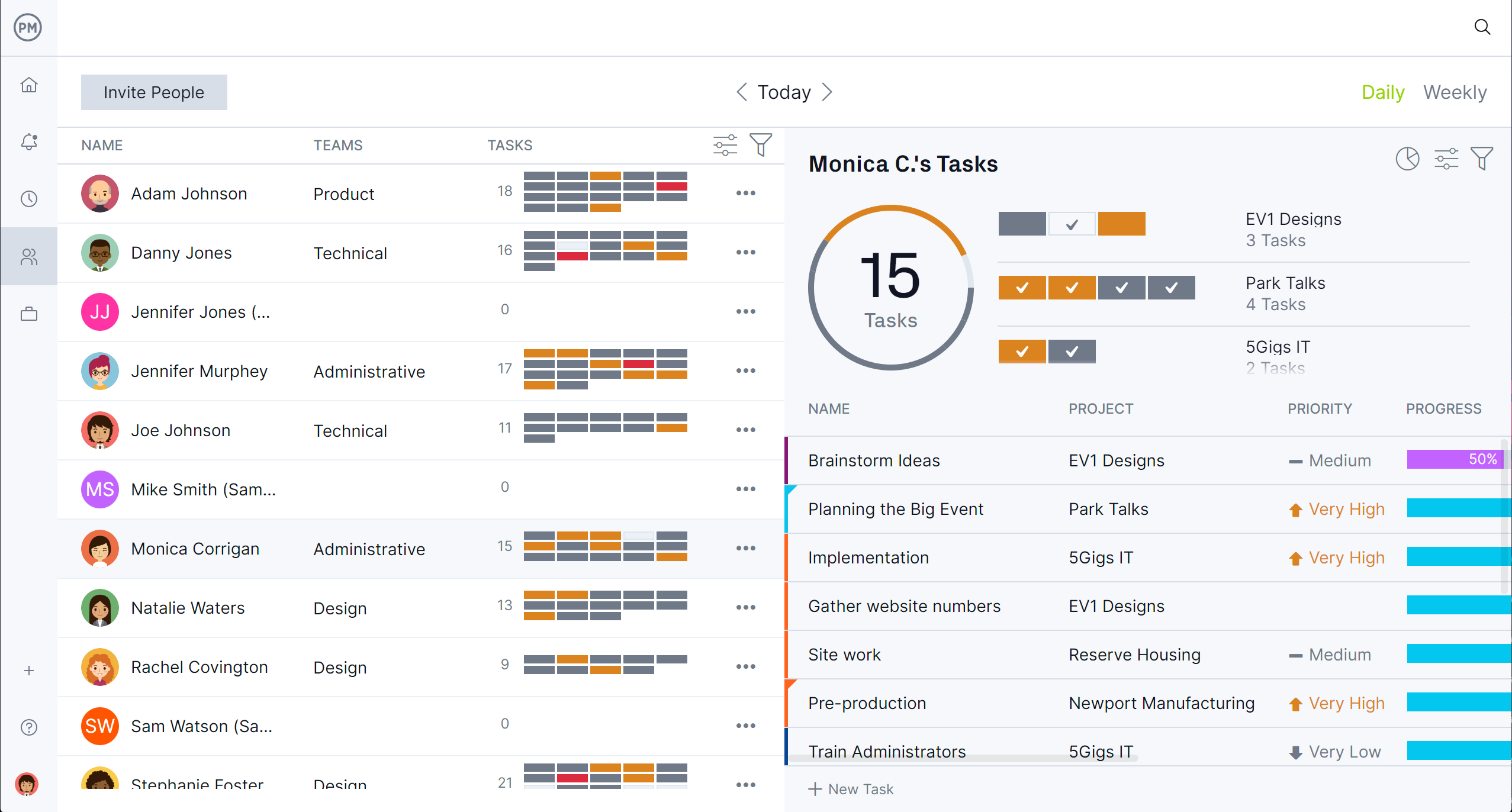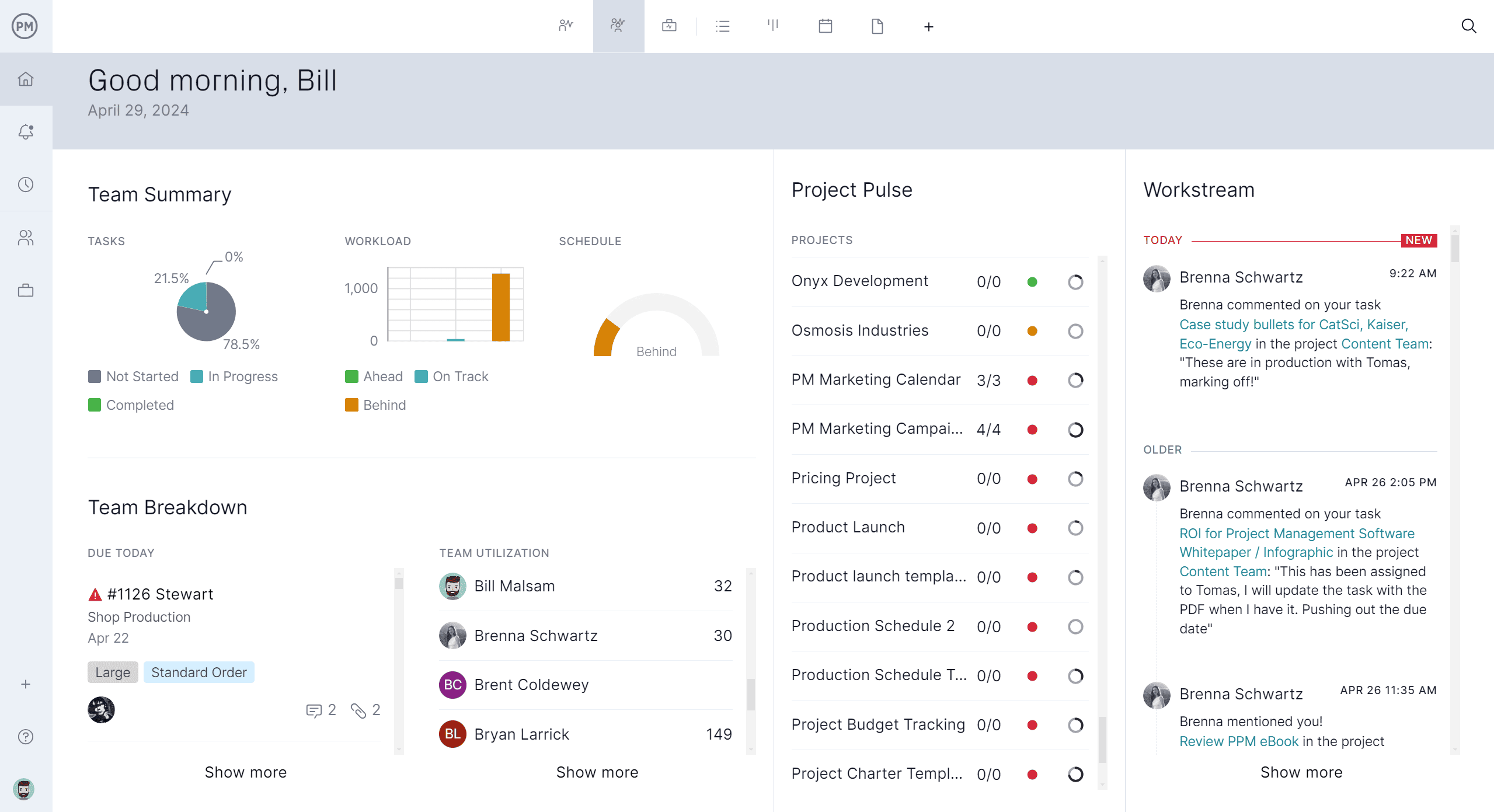In the construction industry, tender documents play a critical role in ensuring that projects are awarded fairly, transparently and to the most qualified contractors. These documents form the foundation of the bidding process, outlining the project scope, terms and conditions, technical specifications, evaluation criteria and contract requirements. Properly structured tendering documents in construction not only protect the interests of the project owner but also help bidders prepare accurate and competitive proposals.
This tender document lists the most essential types of tendering documents used in construction projects, from requests for proposals (RFPs) and invitations to tenders (ITTs) to scopes of work and specification documents. Whether you’re a project owner looking to issue a tender or a contractor preparing to respond to one, understanding these documents is key to navigating the tendering process efficiently and successfully.
What Are Tender Documents?
Tender documents are the formal set of documents prepared by a project owner (client) or their representative to invite contractors or suppliers to submit competitive bids for a construction project or procurement contract. These documents outline all the necessary information bidders need to understand the scope, specifications, conditions and criteria for participating in the tender process.
Typically, tender documents include items such as the invitation to tender, scope of work, bill of quantities and tender instructions. Their primary purpose is to ensure transparency, consistency and fairness in the contractor selection process while protecting the interests of the project stakeholders. Properly drafted tendering documents help attract qualified bidders, reduce misunderstandings and set clear expectations for the project’s delivery.
10 Most Commonly Used Tender Documents
There are many types of tender documents. We’ve selected the most commonly used ones, which are listed below. Read about how this paperwork develops good working relations with contractors and suppliers.
1. Invitation to Tender (ITT)
An Invitation to Tender is a formal document issued by a project owner or client to invite contractors or suppliers to submit a competitive bid for the execution of a specific project or supply of goods and services.
This tender document typically includes essential information such as the project scope, submission deadlines, eligibility criteria, evaluation procedures and contact details. The ITT sets the tone for the tendering process and ensures that only qualified and interested parties participate.
The purpose of an ITT is to promote transparency and fairness while obtaining the best value for the client. By clearly outlining the requirements and expectations, it minimizes misunderstandings and creates a level playing field for all bidders. An ITT is commonly used in construction, infrastructure and public procurement projects, where competitive bidding is essential for selecting the most suitable contractor based on price, capability, and compliance.
2. Request for Proposal (RFP)
A request for proposal (RFP) is a tendering document used by organizations to solicit proposals from qualified vendors or contractors for a specific project or service. Unlike an invitation to tender, which focuses primarily on price, an RFP evaluates a wider range of factors including technical capability, methodology, experience and value-added services. Download this free tender document to outline the project’s objectives, scope of work, evaluation criteria and submission requirements, inviting bidders to propose how they would meet the project’s needs.

RFPs are typically used when a project requires a customized solution or when the buyer is seeking innovation and expertise, not just the lowest cost. This makes RFPs common in sectors such as construction, IT, engineering and consulting. The document helps ensure that proposals are comprehensive and tailored, giving evaluators a clear basis for comparison. It also allows bidders the flexibility to suggest alternative approaches, fostering a collaborative and solutions-focused procurement process.
The detailed information collected on this tender document will inform the creation of a Gantt chart once the vendor is selected. ProjectManager is award-winning project and portfolio management software that has robust Gantt charts that are an excellent planning and execution tool, aligning all stakeholders around the proposed schedule and work breakdown. More than just that it links all four types of task dependencies to avoid cost overruns, filters for the critical path to help prioritize tasks and identify slack, plus it can set a baseline to track progress in real time. Get started with ProjectManager today for free.
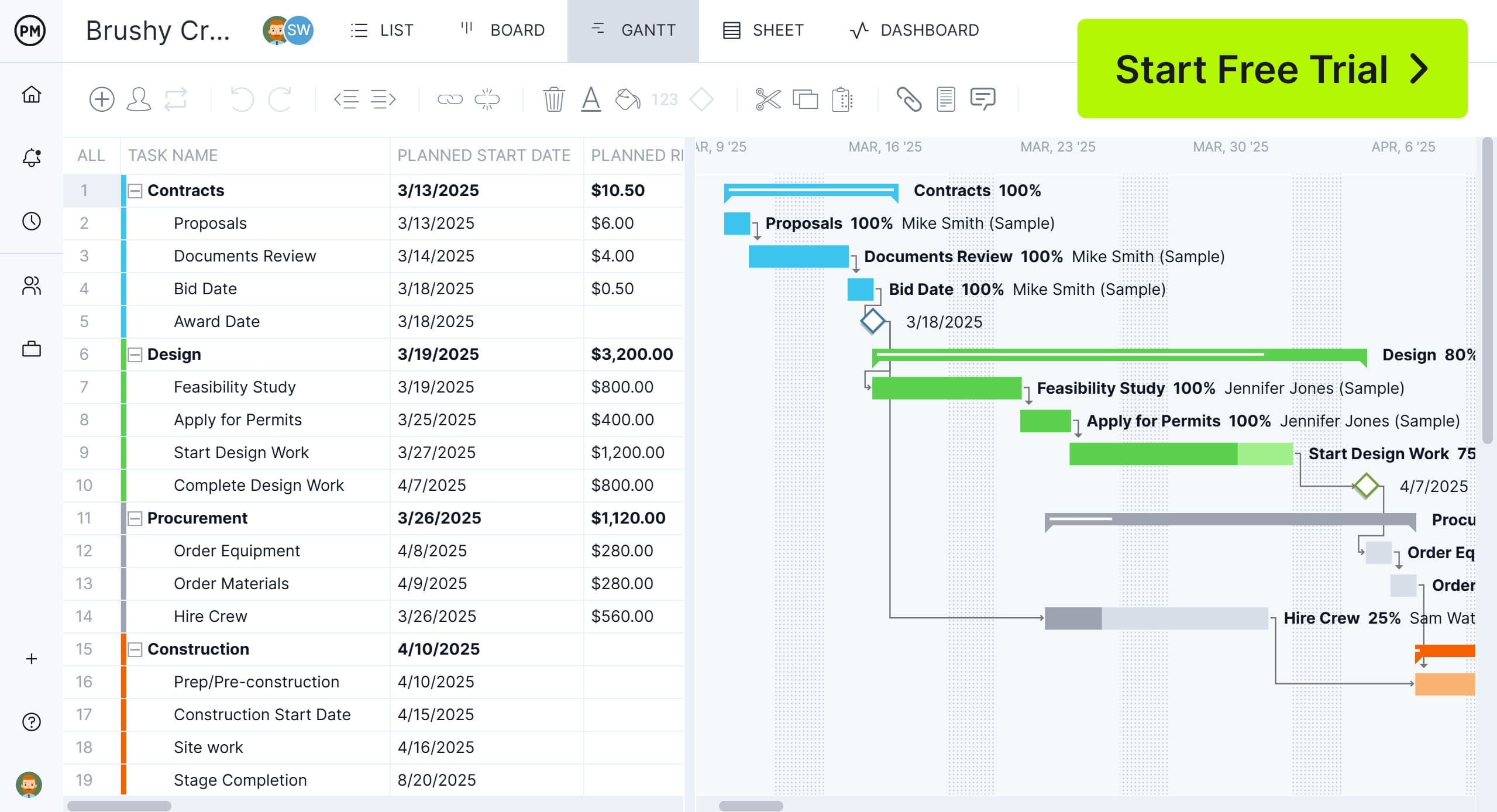
3. Request for Quotation (RFQ)
A request for quotation (RFQ) in construction is a tender document used to solicit price quotes from contractors, suppliers or service providers for clearly defined goods or services. Unlike a request for proposal, an RFQ is focused primarily on obtaining pricing for specific, pre-determined requirements—such as materials, labor or subcontracted work—without needing detailed methodologies or alternative solutions from the bidders.
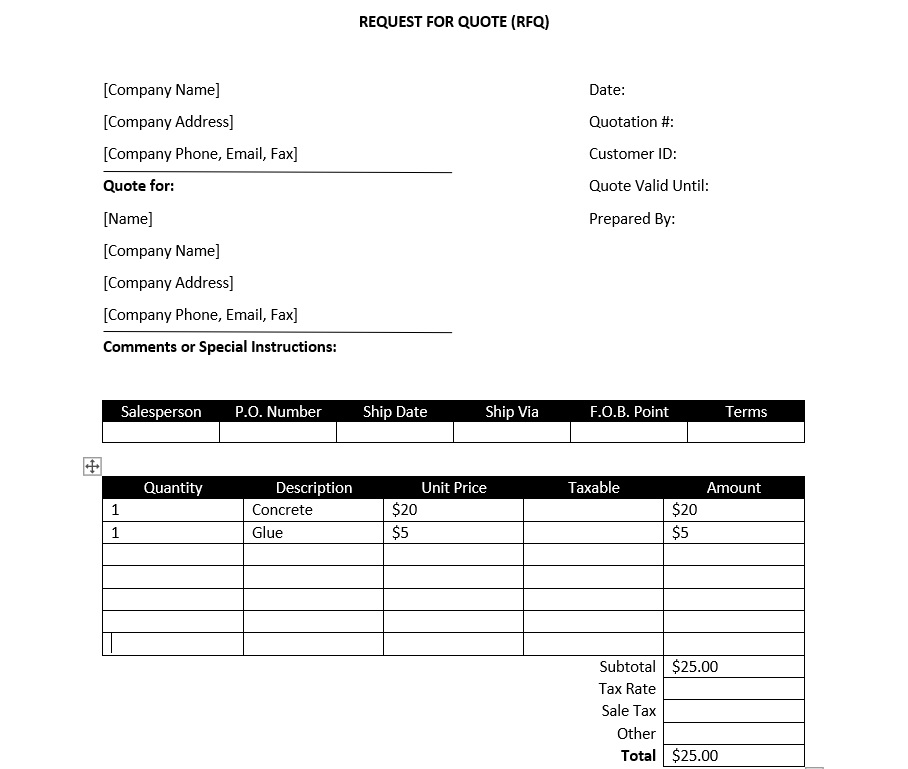
In the construction industry, RFQs are typically used when the project specifications are already well-established and standardized, allowing vendors to provide straightforward cost estimates. Download this tender document to help project managers compare bids efficiently based on cost and delivery timelines. RFQs streamline procurement for smaller scopes of work or material purchases, ensuring transparency and competitiveness without the complexity of broader tendering documents.
4. Request for Information (RFI)
A request for information (RFI) is a tender document in construction used to gather clarifications or additional details from potential contractors, suppliers or consultants before moving forward with a formal bidding process. It is not a solicitation for pricing or proposals but rather a way to collect relevant information about capabilities, approaches, or availability that can inform the development of future requests for proposal or requests for quotation.
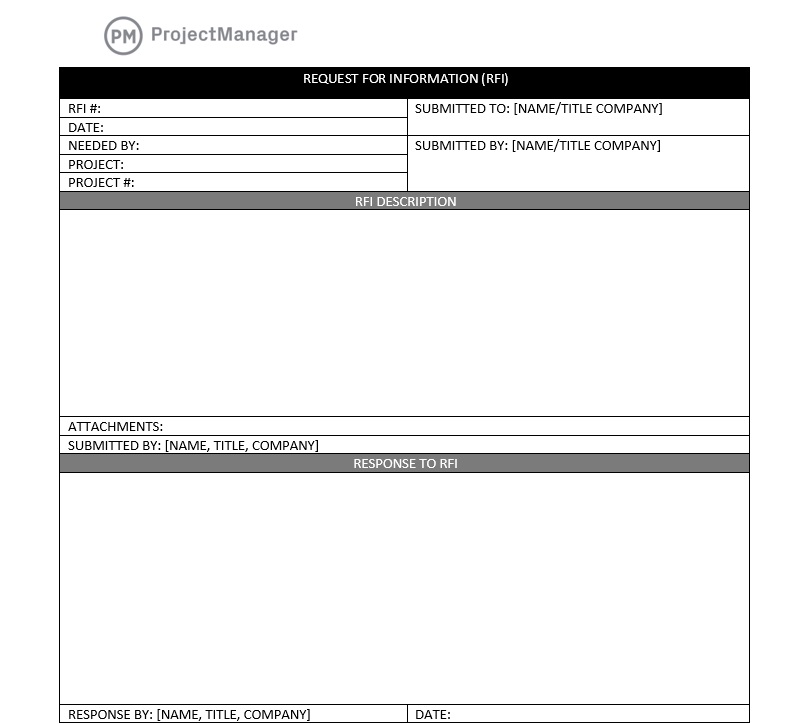
Download this free tender document to understand a contractor’s ability to handle a specific type of work, their experience with similar projects or to clarify ambiguous project requirements. RFIs are especially helpful in complex or innovative builds where the project owner needs to explore possible solutions or technologies before finalizing specifications. By issuing an RFI, project teams reduce uncertainty, minimize risk and prepare a more informed and focused tendering process down the line.
5. Pre-Qualification Questionnaire (PQQ)
A pre-qualification questionnaire (PQQ) is a key construction tender document used to screen potential contractors before they are invited to bid on a project. The primary goal of the PQQ is to assess whether a contractor has the financial stability, technical expertise, relevant experience, legal standing and health and safety standards necessary to undertake the proposed work. It helps clients or project owners shortlist qualified bidders, ensuring that only those who meet minimum criteria move forward in the procurement process.
In construction, a PQQ typically includes questions related to company structure, previous project performance, certifications (such as ISO), insurance coverage, compliance with regulations and capacity to deliver. By using this tender document, project owners can reduce the risk of project delays or failures by filtering out unsuitable vendors early. This not only streamlines the tendering process but also ensures a more competitive and reliable pool of bidders for the actual invitation to tender (ITT) stage.
6. Tender Instructions
Tender instructions are a crucial tender document used in construction procurement to guide bidders through the tendering process. This document outlines the procedures, rules and requirements that contractors must follow when preparing and submitting their bids. It ensures that all prospective bidders have a clear understanding of what is expected, which helps maintain fairness, consistency and transparency in the tendering process.
Typically, tender instructions include key details such as the deadline for submissions, how and where to submit the tender, required documentation, criteria for evaluation, clarification procedures and conditions for disqualification. This tender document may also define how questions should be submitted and how changes or addenda to the tender will be communicated. By setting clear guidelines, the tender instructions help avoid misunderstandings, reduce administrative issues and streamline the evaluation process, ensuring a smooth and efficient path to selecting the best contractor for the construction project.
7. Scope of Work (SoW)
A scope of work (SOW) tender document in construction is a detailed description of the work to be performed under a contract. It outlines the specific tasks, deliverables, timelines and standards that the contractor must meet during the execution of the project. The SOW is one of the most critical documents in a construction tender package because it defines exactly what is expected from the contractor, helping prevent disputes and scope creep.

Download this tender document which includes project objectives, a breakdown of construction phases, materials and methods to be used, performance criteria and quality standards. A clear and comprehensive SOW allows all bidding contractors to estimate their costs accurately and ensures that each bid is based on the same understanding of the project requirements. This improves the fairness and reliability of the tendering process and helps set the foundation for successful project execution.
8. Bill of Quantities (BoQ)
A bill of quantities (BOQ) is a vital construction tender document that provides a detailed, itemized list of materials, labor and other costs associated with a construction project. It breaks the work down into specific components, including quantities and units of measure, which allows contractors to price each item accurately when submitting their tenders. The BOQ is typically prepared by a quantity surveyor or cost consultant and is used to ensure consistency across bids by providing all tenderers with the same basis for pricing.
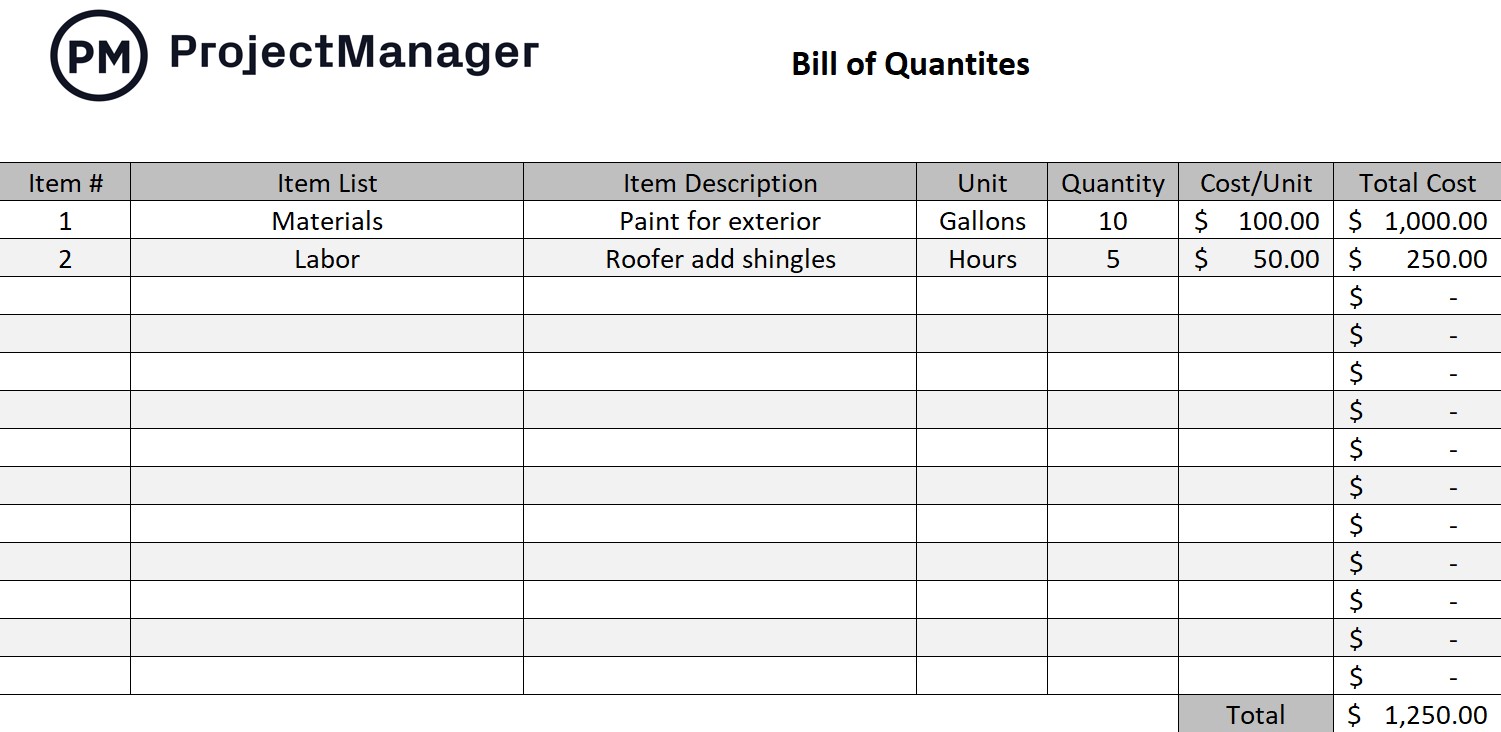
Download this tender document, which serves multiple purposes: it helps clients compare bids more objectively, supports budgeting and cost control throughout the project and becomes a key reference for payments and valuations during construction. By clearly outlining the scope and quantities of work, it reduces the risk of misunderstandings and disputes. The BOQ also facilitates transparency and fairness in the procurement process, as all competing contractors are responding to the same detailed and quantified scope of work.
9. Specifications Document
A specification document in construction tendering is a critical component that outlines the technical standards, materials, workmanship and quality requirements for a construction project. Unlike the drawings or the bill of quantities, which focus on what and how much is to be built, this tender document details how the work should be done. It includes descriptions of materials to be used, performance standards, testing procedures, tolerances, installation methods and any relevant codes or regulations that must be followed.
In a construction tender, the specification document ensures all bidders understand the expected level of quality and compliance, enabling fair and accurate pricing. The tender document also serves as a legally binding reference during construction, helping to resolve disputes over workmanship or material standards. Specifications can be prescriptive (detailing exact materials and methods) or performance-based (describing the desired results), depending on the project’s complexity and procurement strategy. Together with other tender documents in construction, the specification forms a comprehensive blueprint that helps maintain consistency, control costs, and deliver the intended outcome of the construction project.
10. Form of Tender
The form of tender is submitted by a contractor or supplier as part of a construction tender document package. It is a binding offer to carry out the specified works or provide the required services at the quoted price and under the stated terms and conditions. Typically prepared on the client’s or contracting authority’s template, the form of tender confirms the bidder’s understanding of the project scope, agreement to the contract terms and commitment to the pricing and timelines outlined in their bid.
This tender document is crucial because it acts as the official acceptance of the invitation to tender, often requiring a signature by an authorized representative of the bidding company. It usually includes key information such as the contract sum, project timeline, acknowledgment of any addenda and confirmation that the bidder has reviewed all relevant tender documents. Once signed and submitted, it demonstrates that the contractor is legally prepared to enter into a contract if selected, making it a foundational part of the procurement process in construction projects.
How ProjectManager Helps Manage Construction Projects
ProjectManager helps manage construction projects by offering a full suite of tools that bring structure, flexibility and transparency to every phase of the build. With multiple project views—including Gantt charts, kanban boards, sheet view, task lists, and calendar view—construction teams can plan timelines, track deliverables and adapt to changing priorities. These customizable views ensure every stakeholder, from site managers to contractors, can monitor progress in the format that suits them best.
Balance Workloads and Allocate Resources
Our resource management tools help construction managers balance workloads and allocate personnel efficiently. Set availability to see who’s free and when, preventing overbooking or idle time. The color-coded workload chart gives a visual representation of each team member’s capacity, allowing for adjustments in real time to keep the project on schedule. The team page centralizes staff details and assignments, making it easy to track responsibilities and ensure everyone is aligned.

Track Progress and More in Real Time
Get a high-level overview of a project or multiple projects with real-time project and portfolio dashboards that update automatically to show key metrics like task status, cost performance and timeline health. Customizable reports can be generated to meet the needs of clients, executives or regulators and secure timesheets ensure labor tracking is accurate and compliant. Altogether, these features help construction professionals reduce delays, control costs and deliver successful builds.

Related Construction Content
Tender documents are but a small part of the larger construction project management process. For those who are interested in reading more on the subject, below are links to stories on construction project delivery, methods, techniques and more.
- 32 Construction Documents (Templates Included)
- 10 Construction Project Delivery Methods with Pros & Cons
- 10 Types of Construction Projects with Examples
- 18 Construction Methods and Techniques
- 14 Types of Construction Contracts: Pros, Cons & Best Practices
ProjectManager is award-winning project and portfolio management software that connects teams whether they’re in the office or on the job site. They can share files, comment at the task level and stay up to date with email and in-app notifications. Join teams at Avis, Nestle and Siemens who are using our software to deliver successful projects. Get started with ProjectManager today for free.

